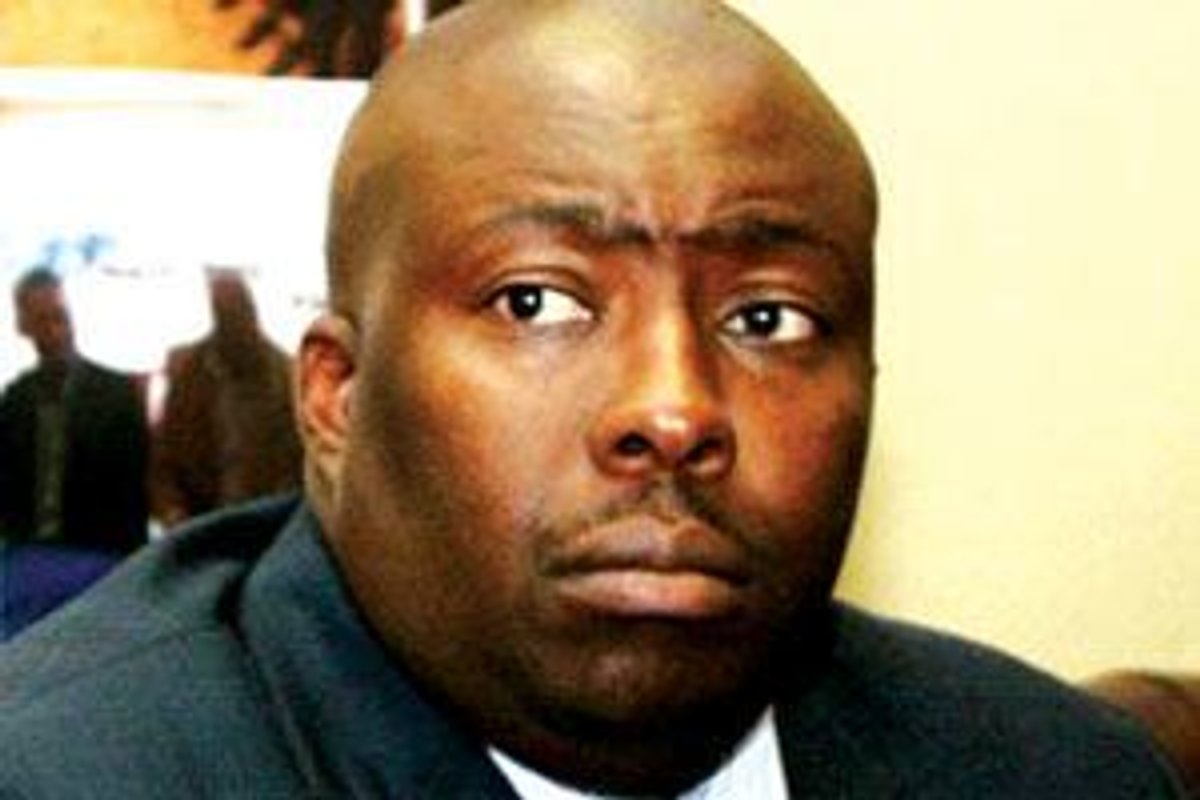By Maphozho Saruchera
During the July 2018 electioneering period, one of the 23 presidential hopefuls and leader of the Alliance for the People’s Agenda (APA), Nkosana Moyo, introduced an unorthodox campaign plan which entailed engaging citizens through interactive meetings and walkabouts, as part of his strategy to dislodge Zanu PF from power. Moyo argued that the conventional ways of organising rallies were outdated and not effective; – he lost the election.
Fast forward to present day, G40 kingpin, Saviour Kasukuwere, is trying to harness social media in an attempt to advance his bid for the presidency come 2023. To this effect, Kasukuwere, with the help of a few journalists on his payroll have launched the #TysonWabantu campaign movement.
The first hurdle that the movement is finding insurmountable is that of distinguishing itself from other movements such as National People’s Party lead by Joyce Mujuru, National Patriotic Front which was once led by Rtd Brigadier Ambrose Mutinhiri and Nelson Chamisa’s MDC Alliance. What the #TysonWabantu movement is selling – generational renewal and being capable of addressing the problems bedeviling the country in unrealistic timeframes – have been on the market before without many takers. Since any social media campaign is dependent on content posted online, which among other things is supposed to be informative, it remains to be seen if this lack of new ideas will not lead to the movement’s premature death.
Secondly, a lot of social media users feel that they are being waylaid by Kasukuwere owing to his movement’s failure to indicate whether it will morph into a political party or not. On the part of the movement, the decision to hide their true intentions might be strategic as laying them bare might scare away some participants that already belong to existing political parties. At the end, Kasukuwere risks being deserted by people as elections nears owing to their parties’ campaigns coming online.
Interactive communication is the key requisite of a campaign on social media. However, for the #TysonWabantu movement this has been disastrous as it has opened a barrage of criticism which the movement might find difficult to overcome. Some have exposed a comprehensive dossier exposing Kasukuwere as a violent thug who beat up political opponents. Those who are supposed to be defending Kasukuwere have dismally failed to do so, stooping as low as insulting other participants. The failure by those running the #TysonWabantu campaign to respond to the queries and doubts posted by their target audience might result in their campaign losing the lukewarm goodwill it is enjoying now leading to its collapse.
Closely related to the above, the installation of an interactive feature on #TysonWabantu campaign without a shared ideology to glue together participants with diverging views has potential of arguments degenerating into fights. This will see the environment on the campaign platform turning hostile resulting in participants abandoning the initiative. Some might end up posting their party’s materials to register dissent.
Since history has a tendency of repeating itself, it can be safely concluded that the way Chamisa leant that huge attendances at rallies do not necessarily translate to votes as some of the attendees might not even be registered as voters or might end up voting the opponent, is the same way Kasukuwere is going to learn that the mandate to preside over Zimbabwe cannot be attained from social media.
There is no need to reinvent the wheel when it comes to Zimbabwean politics, if Kasukuwere is his own man he should start a political party and swing it with the big guns, lest he goes down as a Nkosana Moyo reincarnate.




